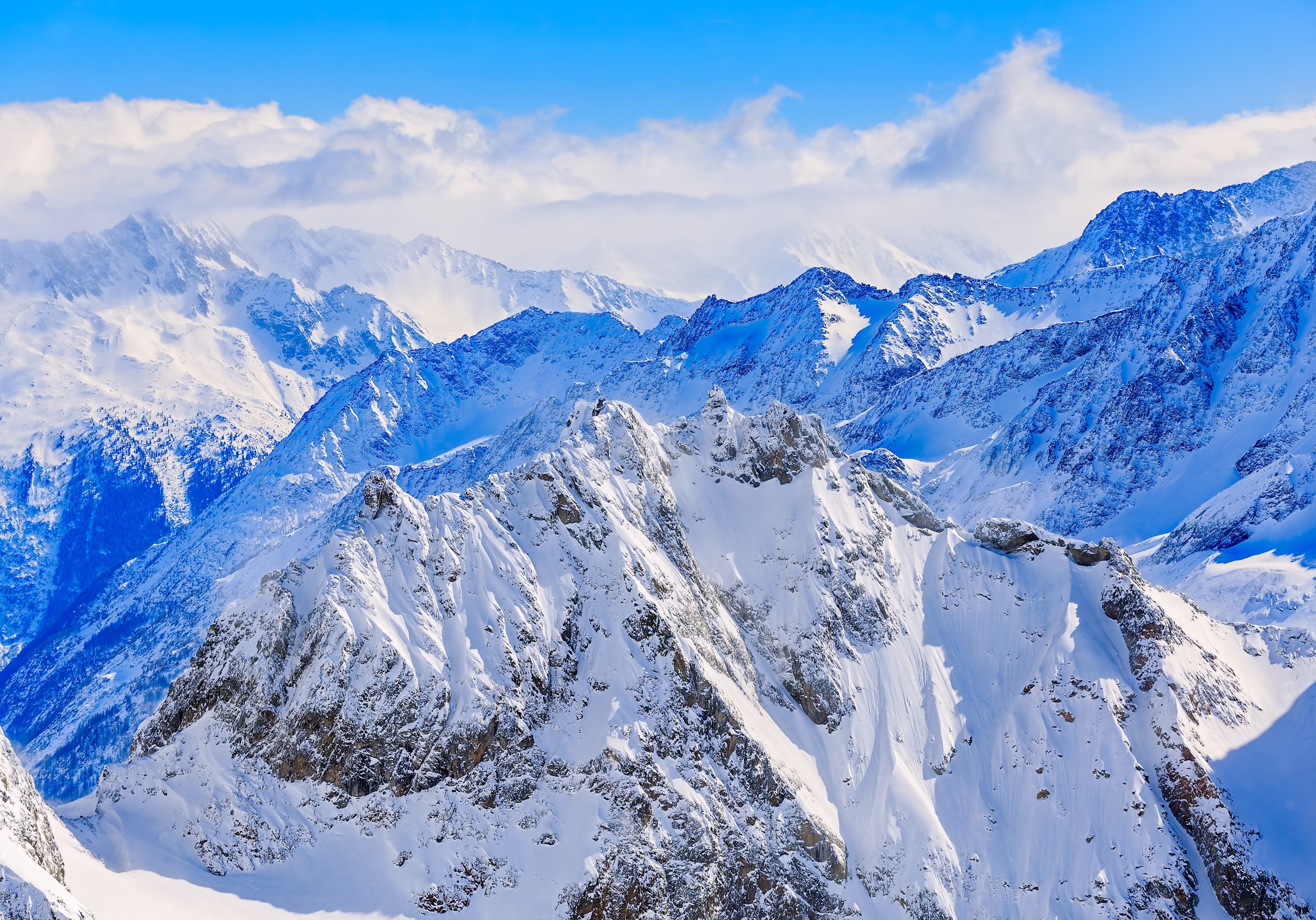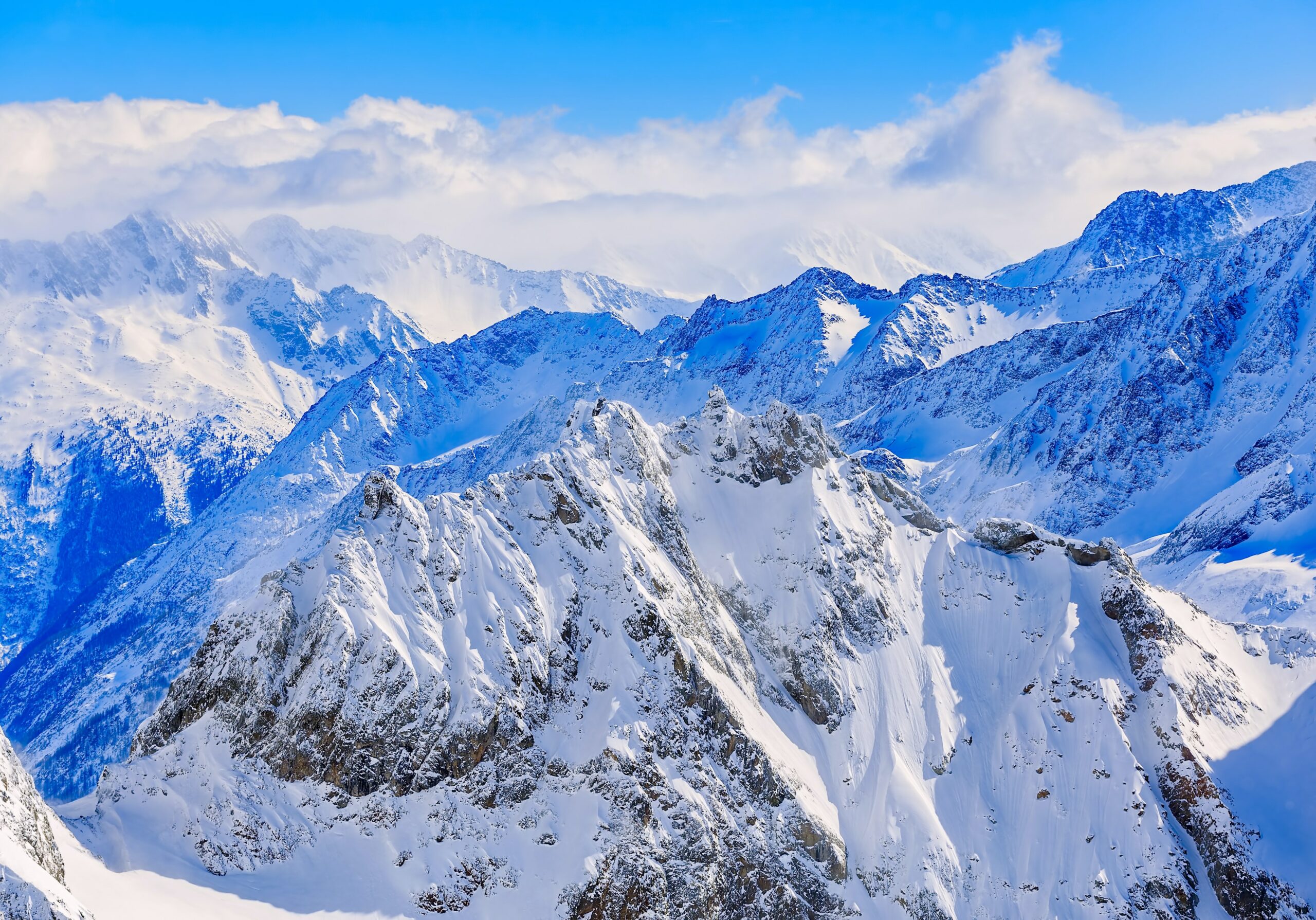Written by Duncan Hawley.
Getting students excited about the geography of glaciers can be a challenge. Naturally, if students happen to visit a glacier or and area that is being actively glaciated (perhaps on a skiing trip) then they pick up something of the awe, wonder and excitement and more often than not the environment sticks in their mind’s eye. But this will not be the case for the majority of students. There is, of course, a wealth of video and photo material available with a quick search on the web that can help stimulate (or should that be simulate!), but the effects can be relatively short-lived and a good chunk of students may struggle to see the point of studying glaciation, especially those firmly rooted in urban environments.

Here is one approach that will help to tackle that conundrum. This planning outline was originally written for KS3 students, but key aspects have been applied to KS4 and KS5 also. It sets out the key purposes and the learning progression that makes the connection between the geography of ice (on a global scale) and the role ice plays in ‘regulating’ the Earth’s environmental systems i.e. how ice is fundamental to the ‘health’ of the planet (as we know it) and how it links to climate change. It offers a sequence of key concepts and ideas to underpin lessons that can be framed with enquiry questions. The choice of visual material and examples to be used remains with the teacher as curriculum-maker. The topic was originally titled “In from the cold: introduction to ice geography.” It emphasises the relevance of glacial geography.
The idea… what could you do?
Aim: For pupils to understand the importance of ice and its distribution to the ‘health’ of the planet in terms of climate and ecosystems.
Key Geographical Concepts (‘Big’ geographical ideas):
Deconstruct the ideas behind the distribution of ice – then build into a sequence of ideas – deconstruct to reconstruct. Look for the geographical dimensions.
1. Ice is a store in the water cycle and occurs as ice caps or glaciers
2. Most ice is located in high latitude regions of the Earth
3. Some ice is located in high altitudes (mountain) regions of the Earth
4. The distribution of ice depends on a combination of distance from the equator and
altitude.
5. Ice formation results from the layering of snowfall over a number of seasons/years
6. Ice formation is a balance between snow input and snow melt.
7. The balance of ice can be changed by changing the temperatures and/or level of
precipitation.
Big Geographical Question:
Is there a connection between ice and climate change?
Little Geographical Questions:
• Where is ice found around the world?
• Why is some ice found on the equator?
• What makes an ice age?
• Can we predict which areas of ice will get bigger and which will melt?
• How might climate change affect ice?
Objectives
Use your sequence of concepts to help develop learning objectives – these are the learning steps that focus on the cognitive tasks and stages of thinking involved in the learning, and they can be used to help evaluate the progress of learning. One possible way of setting these out is:
1. Identify personal knowledge about the distribution of ice
2. Identify and sequence geographical questions related to understanding the distribution of ice on earth
3. Map and analyse the distribution ice across the Earth
4. Recognise the difference between ice caps, glaciers and sea ice
5. Link the formation of ice to the balance of snow input to snow and ice melt
6. Predict how the distribution of ice might change in the future and its impact on the geography of the planet
Use the objectives to drive the learning activities in the lesson – each objective might be achieved via different activities and these can be tailored to suit the class or groups and individuals in the class.
Bringing students in from the cold with an ice geography approach provides a way of helping students to see the significance of glaciers and ice sheets and the role they play in the Earth’s systems, especially in a world of climate change.
If you use any of these ideas in the classroom with your own students, let us know how you get on! Tweet us @GAPGSIG or email us at teachphysgeogblog@gmail.com. Do get in touch as well if you want to find out more of have any similar suggestions!

Leave a Reply